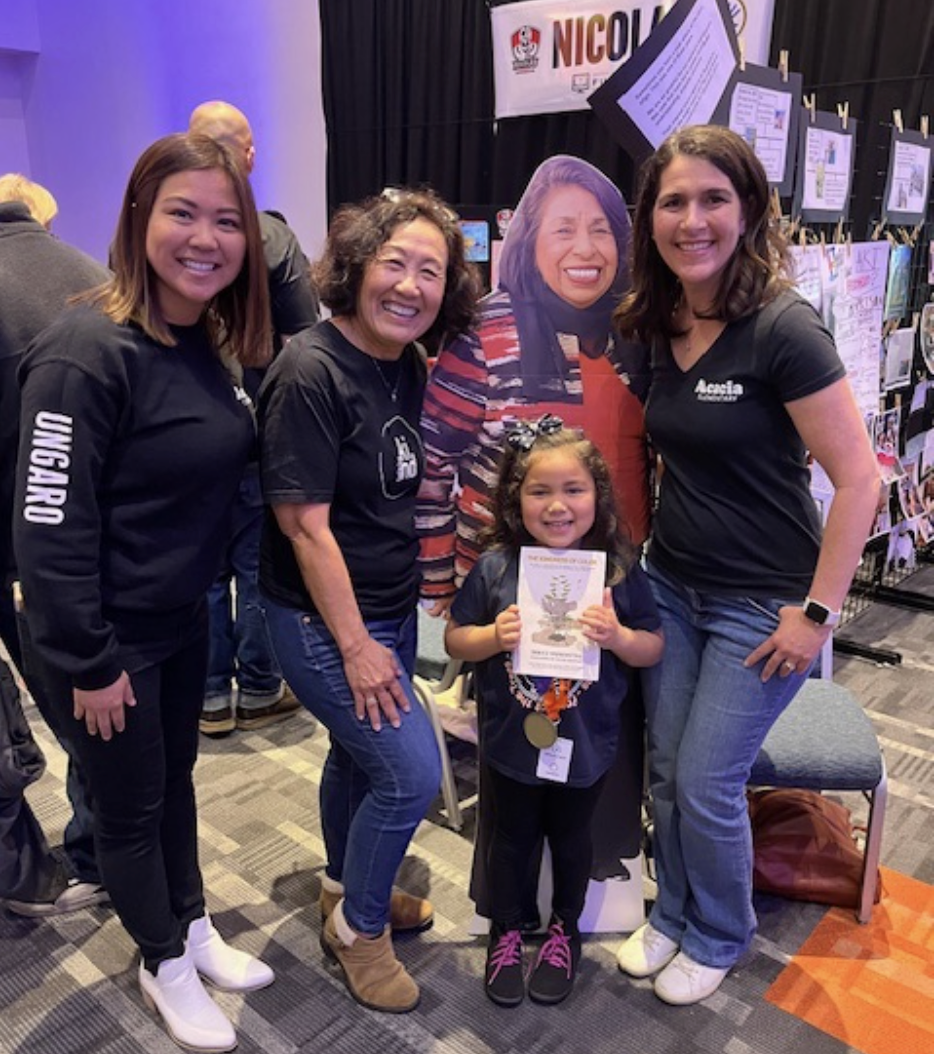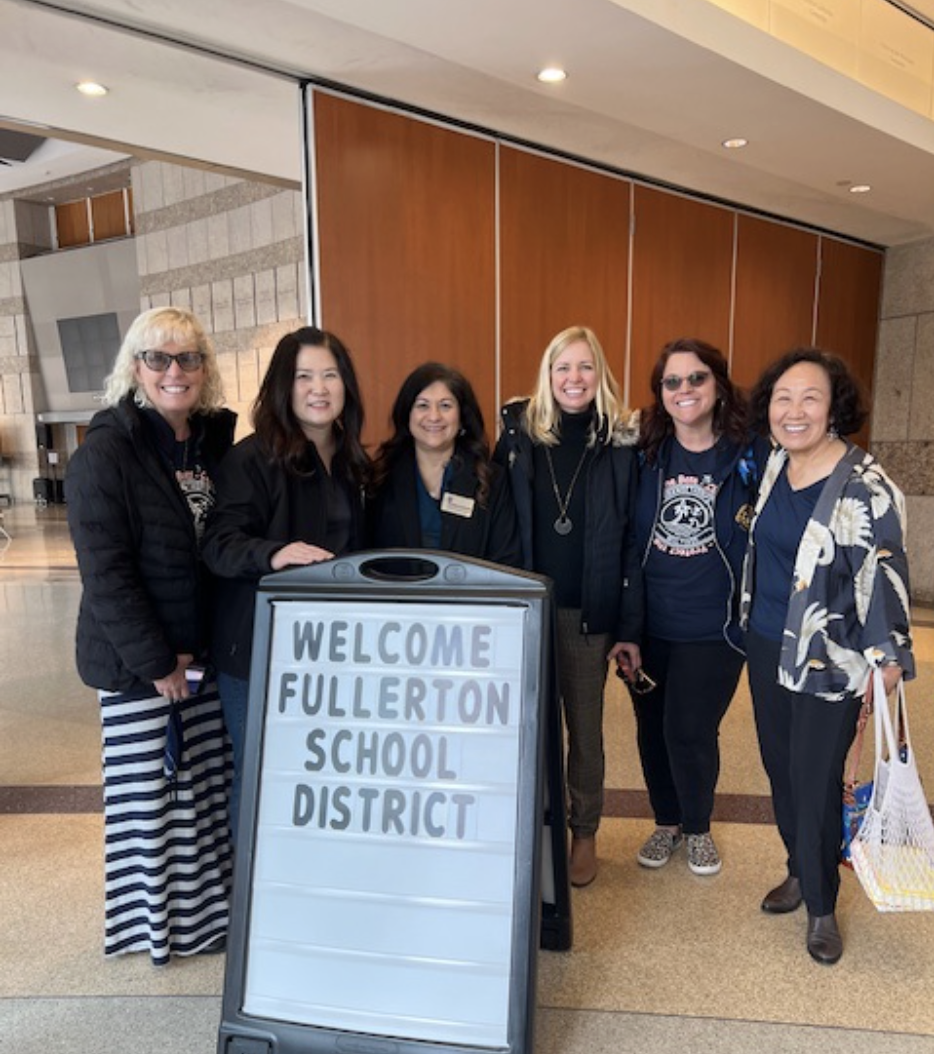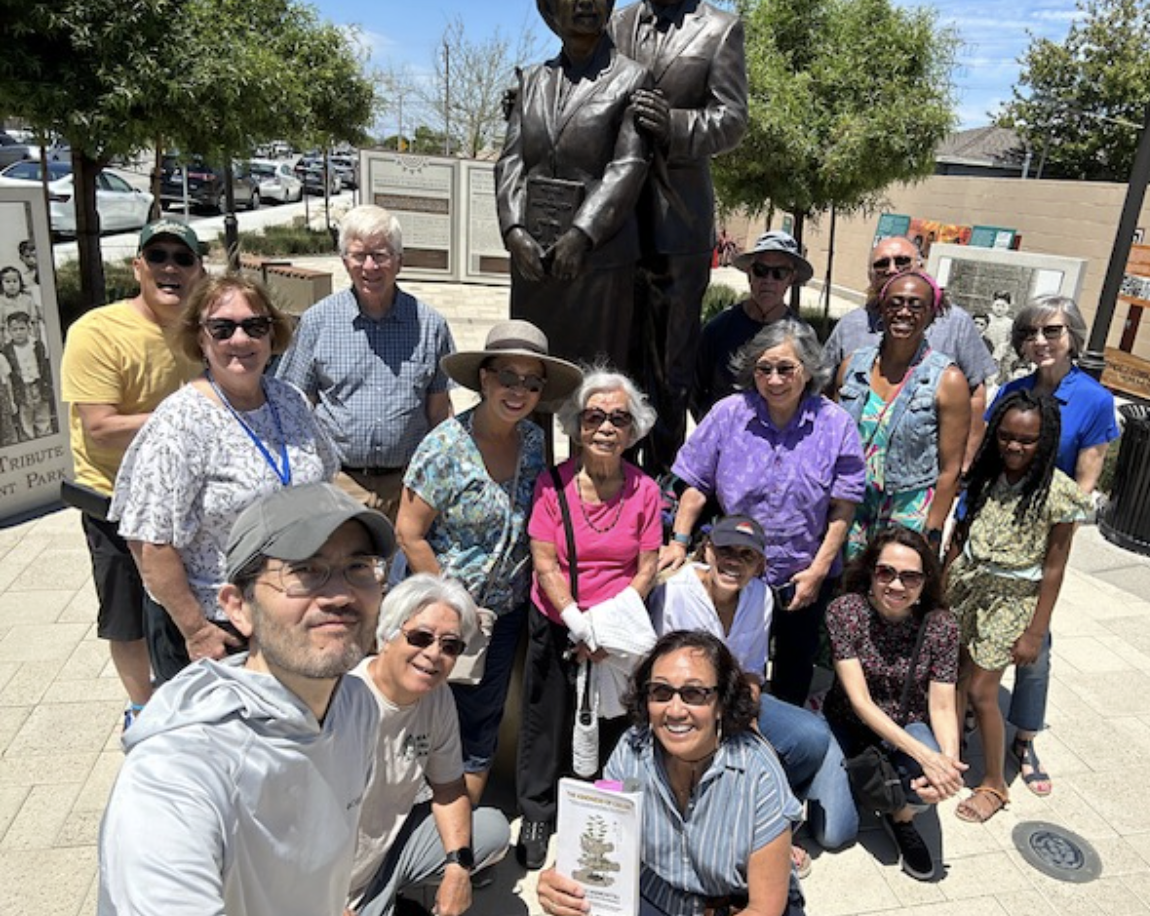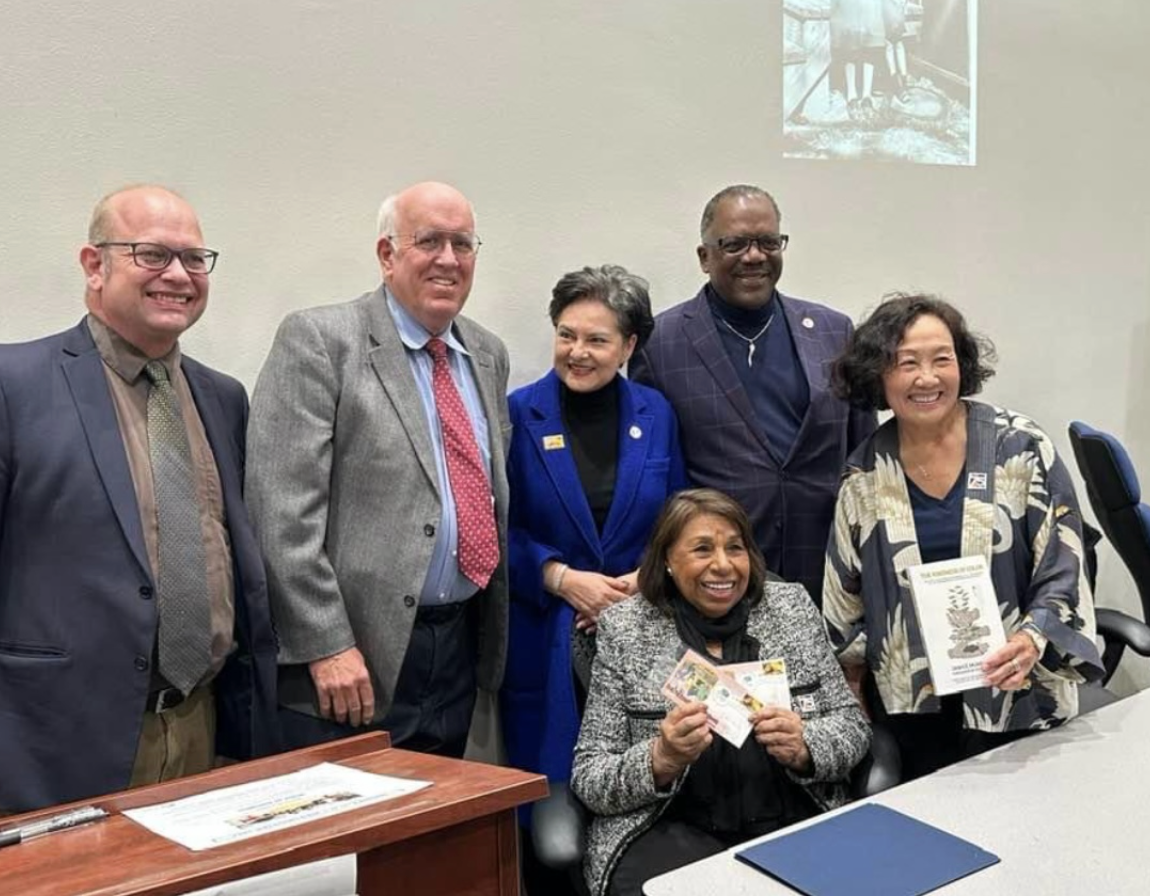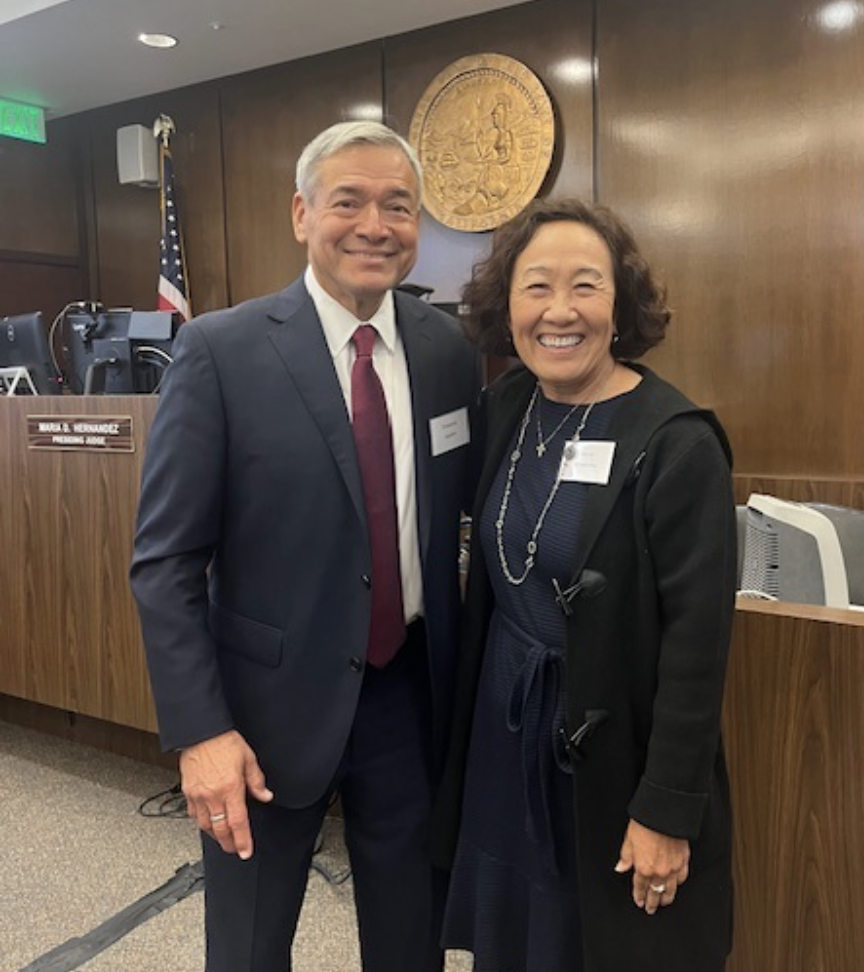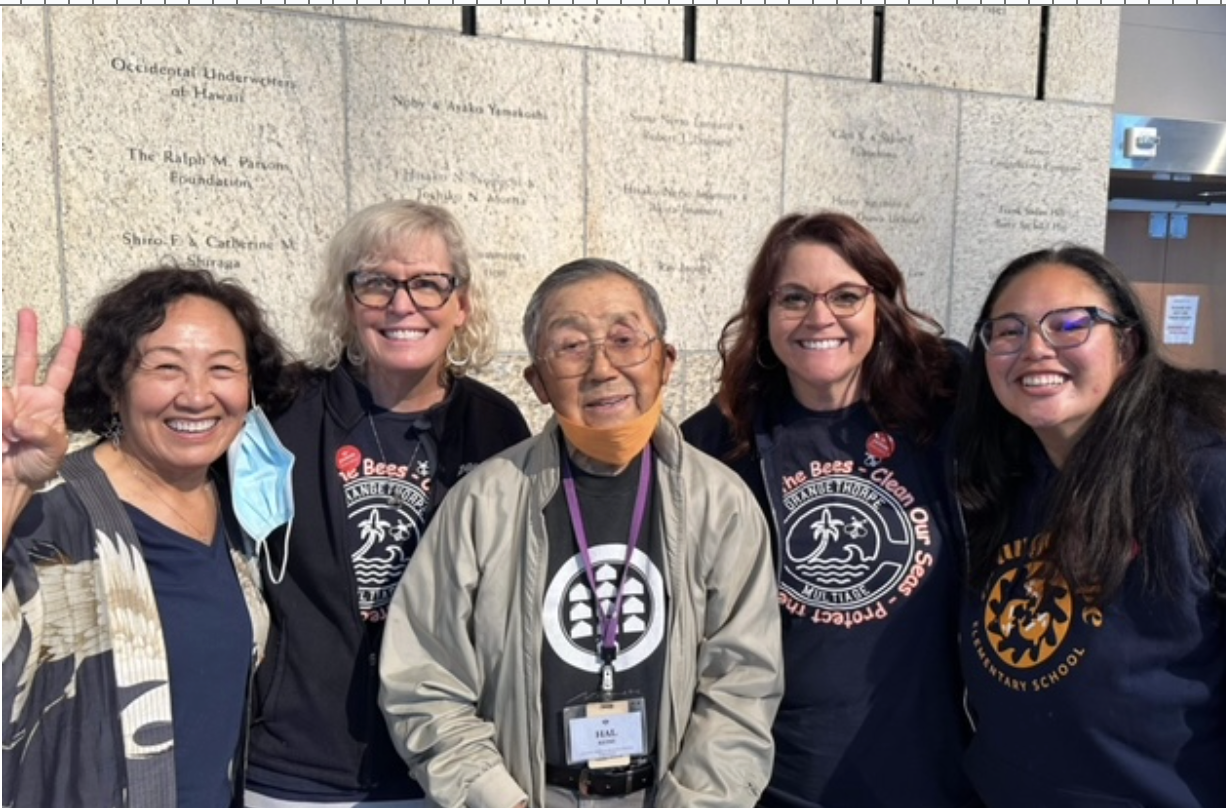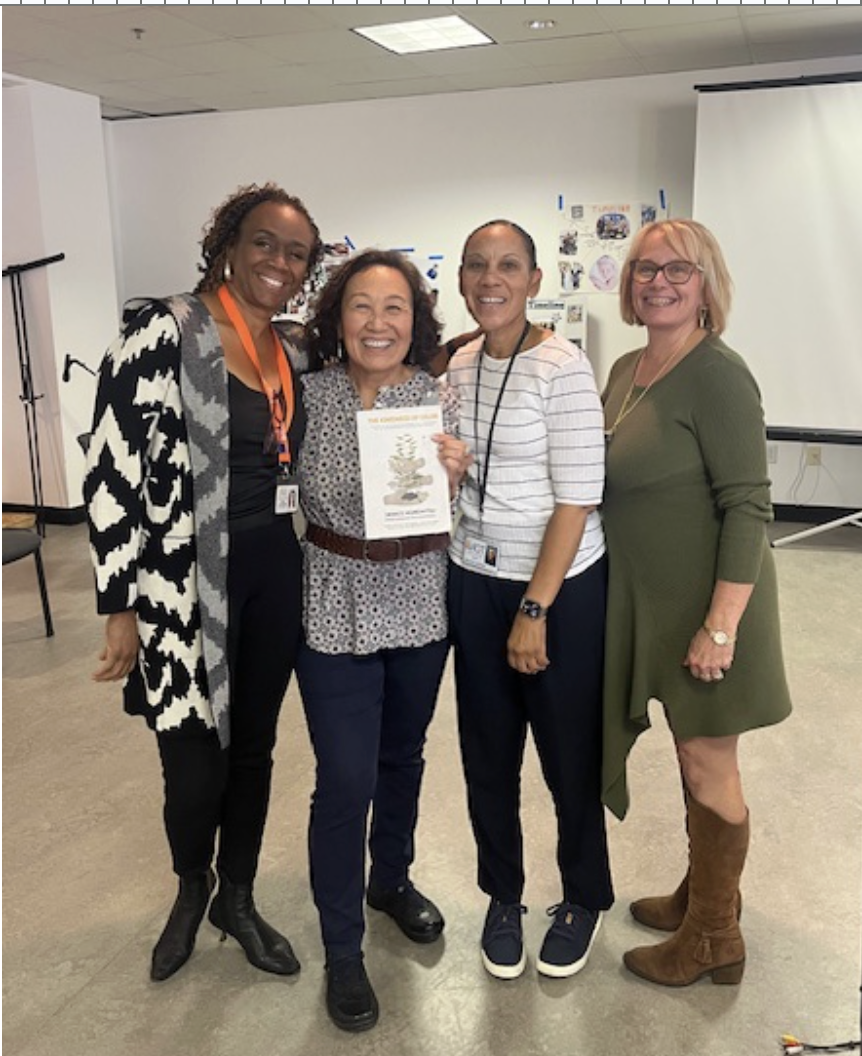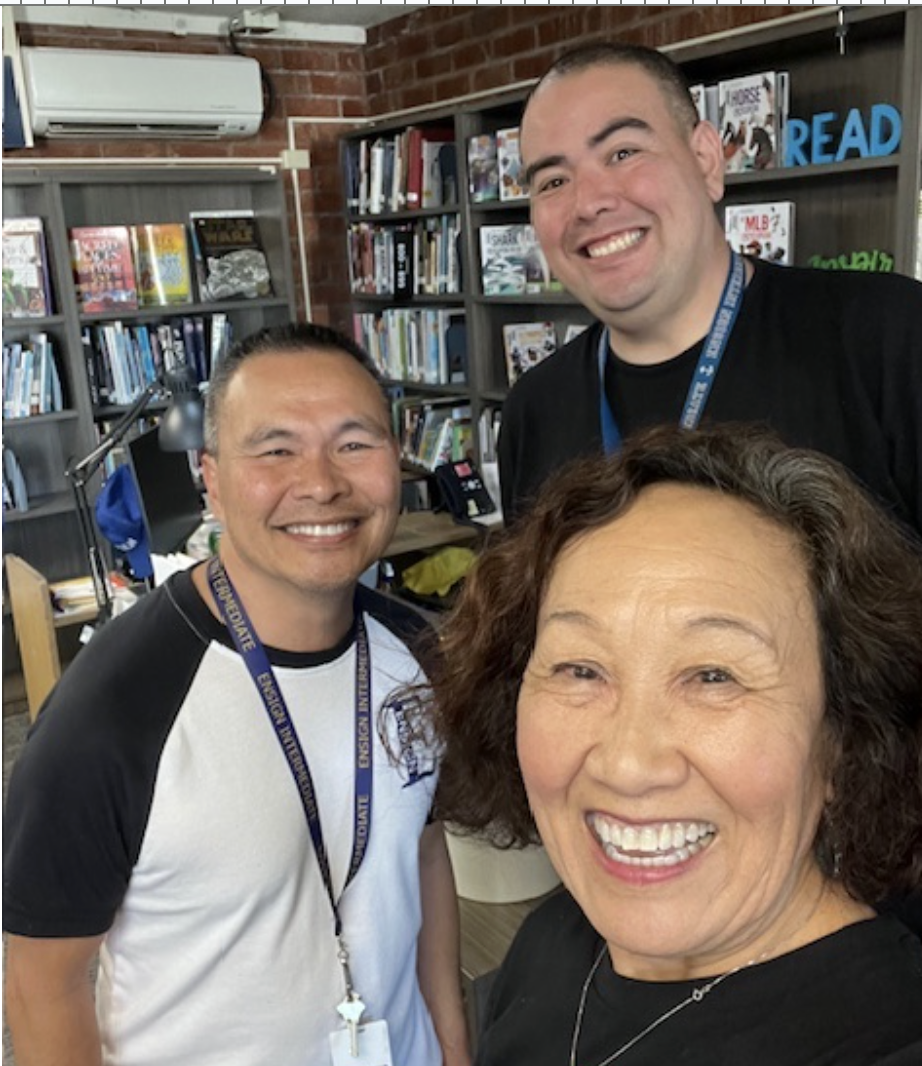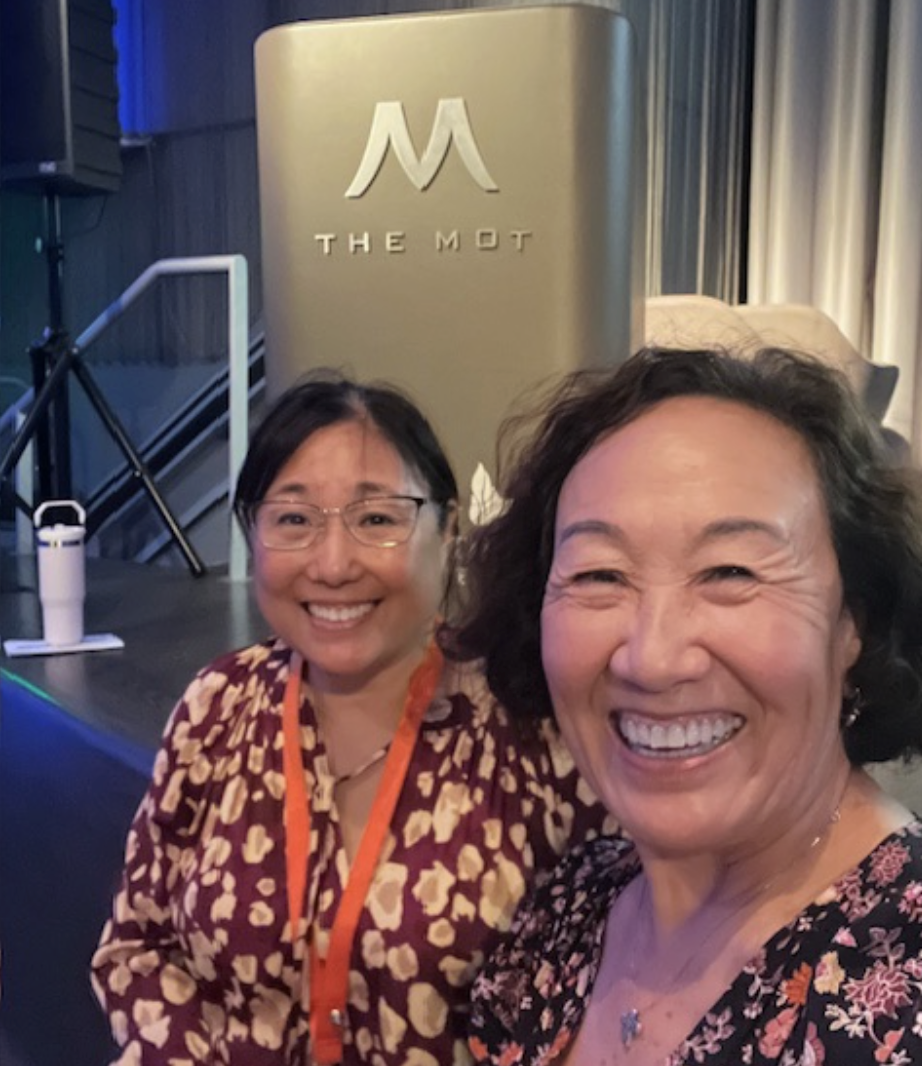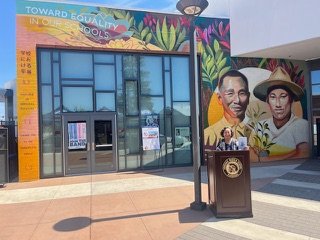Stories of HOPE!
I always take some time in December to reflect on the year, personally and globally. In a year filled with the horrors of wars, aggressors’ actions harming or killing innocent victims, and so much grief and loss around the world, I came across this quote from Simon Wiesenthal, a WWII Holocaust survivor and lifelong advocate for justice.
"Hope Lives When People Remember.”
- Simon Wiesenthal
It can be really overwhelming to hear the news and feel like there is nothing that can be done. But this lie undermines our true human potential to work together, build community, and collaborate sacrificially for each other. The lie of hopelessness undermines our ability to HOPE in difficult times. The truth is we have the opportunity to hope, be light in darkness, and bridge the racial divides, ethnic chasms, and barriers between people of different faith, even if it's one person at a time.
When Wiesenthal was quoted, I wonder if he meant when people remember each other or remember past history. Both are true. Hope arises when people remember one another with compassion and remember history to learn what is good and right to continue and what evil should never happen again.
Here’s a few stories that inspired hope in me, actions that lead to more kindness toward each other and hope for our collective future.
After war, the beauty of childhood friendship
It’s been 82 years since December 7, 1941 when Japan bombed Pearl Harbor, Hawaii, tragically killing thousands of US military service people and civilians. This act of terrorism sent the US into WWII. A few years later in 1945, the US dropped two atomic bombs on Nagasaki and Hiroshima, killing and injuring hundreds of thousands; Japan surrendered the following month. A reader, Jeff from California, told me his mother lived as a young schoolgirl in Japan after WWII. Amongst the post-war effects of racism, her story shares the healing beauty of personal friendships despite the history of two countries at war.
“My mom was a military kid and spent 3 years in Tokyo after the war…When she first moved to Japan as a 10 year old, there was hatred in her heart for the Japanese. She said it went both ways and she had to fight her way home from school most days. But over the course of time she developed close friendships with some Japanese girls, she learned not to be afraid and discovered that her heart softened and her perspective changed. She left a big piece of her heart in Japan and a love for the Japanese people when they moved back to the US.”
When she faced her fear, realizing it wasn’t warranted with her new school friends, her heart softened and perspective changed. Transformation happens at the heart-level, not the rational mind level, and this dear lady’s history is a real-life example of that.
Best Question Ever
I’ve had the pleasure to speak to over 110 groups about “The Kindness of Color” story so far. It was a young third grade student that asked the best question. “Did your aunt have a happy life after the (incarceration) camp?” What a question of compassion and caring for someone this student had never met! Not only did the student learn history, but internalized my aunt was about her age when it happened. She hoped after that injustice, my aunt grew up to have a “happy life.” This kind of compassion has to be “caught” as history is taught! Bigger than the history lesson, this student felt compassion in the midst of injustice for not only my aunt, but for others too.
Wanna be “Sylvia”
A grandmother wrote to me that her granddaughter wants to be “Sylvia Mendez” for Halloween! The photo she sent me was this darling little girl in a sweater and skirt, holding her “Sylvia & Aki” book! What a great role model this young girl chose! She knows that she goes to an integrated school because of Mendez, et al. v. Westminster - she knows her history!
The Power of “One”
I’ve spoken to hundreds of California Educators and Law Enforcement Sergeants at the Museum of Tolerance, LA. Led by insightful facilitator guides, they address the Holocaust history, lead discussions on respect for one another, addressing racial divides in their communities, and create next steps toward increased unity and collaboration. I wasn’t sure how our story would initially be received, given the tremendous challenges they face in their daily roles in the classroom or trying to keep peace in their communities, but the overwhelming response has been, “This story gives us hope.”
One educator invited me to her district’s “Diversity Think Tank” where I spoke to 130 school district employees as they work together to embrace diversity in their very multicultural community. Another seasoned LAPD leader told me,”thank you for sharing this story - it’s really important for us to hear.” I learned that the law enforcement program theme is “the power of one.” That is definitely a resonating theme in our story - a farmer, a cantina owner, a banker, an attorney, a judge, a truck driver, a railroad employee, and on and on. All doing what they could with what they had to help one another. I often say if our story could happen in the midst of WWII, then we as a community today can do better! And that is just what these education and law enforcement professionals have set out to do!
It is a privilege to share “The Kindness of Color” as an instrument of hope.
May we all believe that kindness is possible in the midst of chaos, unrest, and war. May you have hope, and share your hope with others.
May we be THE HOPE.

